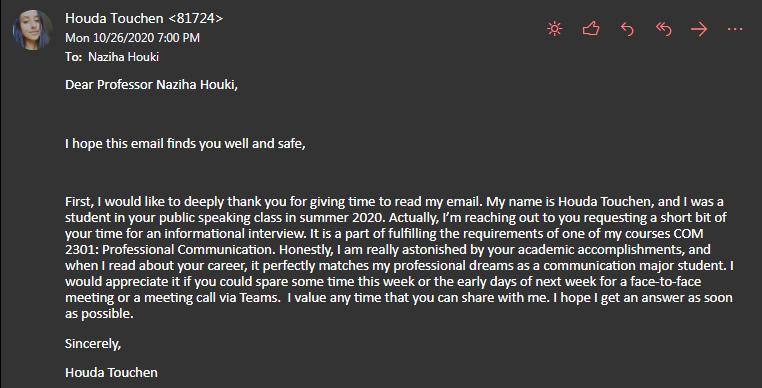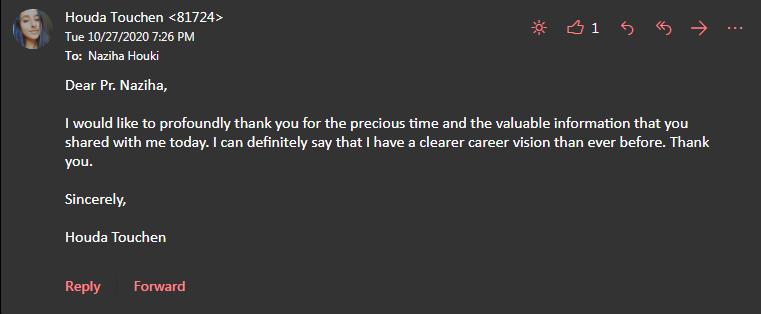
29 minute read
Artifacts
from Career Portfolio
Compatibility with other people Thank you for agreeing and taking the time to write a reference for the above applicant.
Houda Touchen
Advertisement
Professor Khalid Sendide
CHE 1400 02
23 April 2020
Negative Aspects of Contemporary Chemistry
Over the centuries, different prospects of nature have been facing significant changes on
various levels. Everything is working on its own pace with its own components, which contribute
to the big puzzle of this landscape. Take, for example, chemistry that had been witnessing
several thorough studies to understand it better and to know how to serve the humanity in a
positive way, which lead to categorize it to distinct parts that include nuclear chem istry, organic
chemistry, and polymer chemistry. Nevertheless, with all the current modern times, these
recognizable types have been affected in a way that started harming humanity. Contemporary
chemistry has witnessed assorted advancements, but unfortunately, it is not always in a good
sustainable path. This paper will specifically focus on the different aspects of the three
mentioned parts that clearly show the non-sustainable side of contemporary chemistry. The
leading-edge chemistry is disserving the world through numerous ways that can be classified into
nuclear chemistry, organic chemistry, and polymer chemistry.
The first major element that evidently manifests the negative part of contemporary
chemistry is nuclear chemistry. This specific sub-field chemistry consists of the conception of
radioactivity, as well as the interrelated composition of the nuclei of atoms which explains the
true form of all the elements that exist nowadays. Moreover, the atomic nucleus is the centered
component of this peculiar chemistry. The purpose of nuclear chemistry is discovering the
micro-structure of elements and the followed pattern that contributes to their efficiency. Nuclear
chemistry highly helped scientists understand different prospects of radioactivity that imp arted to
the current accomplishments in medicine and science. Nonetheless, the radiation section of
nuclear chemistry is considered as a controversial topic that shows several harmful effects.
Firstly, given the fact that it can turn electrons into ions fr om atoms and molecules, ionizing
radiation is a dangerous transformation that can highly harm living tissue. According to an article
from the National Center for Biotechnology Information, exposure to ionizing radiation may
definitely impact molecules and cells on a real negative level. Various types of cancer such as
Leukemia, lung carcinoma, breast carcinoma, and thyroid carcinoma are presumably the kinds of
cancer that people may get diagnosed with after getting exposed to a significant amount of
radiation, notably Iodine-131 and Cesium-137. Natural radiation from cosmic rays and terrestrial
radioactivity are less harmful than artificial one from neutrons and alpha particles (Goldman).
With all that said, no one can predict the damage that radiation can do without knowing the
radiation’s source’s location and its particular penetrating power. For instance, gamma rays are
recognized as the extreme dangerous radiation for their fast penetrating capacity fathoming the
tissue, following it beta particles and t hen alpha particles (Figure1). This categorization is
applicable when the radioactive element is external, but actually, it is quite reversible when the
radioactive source is inside the body. The apparent difference between these distinct sources
clearly indicates their danger on the environment and human beings. Any leak or misusing of
these points of supply can lead to real deadly consequences. Finally, the uncovering of nuclear
fission and nuclear chain reaction revealed another good discovery for the hu manity, yet it has
certain negative impact on the environment’s sustainability. The nuclear reaction of fission
involves the subdivision of heavy nuclei into smaller atomic nucleus (figure 2). This notion gave
birth to several projects that started develop ing the idea of nuclear bombs, such as the Manhattan
Project. The American project was divided into four groups including working on sustainable
chain reaction, enriching the element Uranium by a fission reaction, assembling another
fissionable isotope which is Plutonium-239, and finally fabricating a nuclear-fission-based bomb.
This American-based research was the beginning of the chapter of nuclear weapons, which
produced two major nuclear bombs and experimented them in Japan. The first atomic bomb was
called “Thin Man” (figure 3) that was developed using Plutonium, whereas the other one was
developed utilizing Uranium “Little Boy” (figure 4). Thin Man and Little Boy were respectively
detonated on the Japanese cities Hiroshima and Nagasaki, which obliterat ed both cities and more
and left behind more than 100.000 of casualties as a huge air blast. As stated in the book Effects
of Nuclear Earth-Penetrator and Other Weapons, the shock wave of nuclear explosions harm
human beings by hurling them or fracturing t heir bones or lungs causing severe injuries or
immediate death. Also, in some cases, it may happen what is named as thermal radiation that can
generate extensive firestorms that burn skin over large areas as well as wide surroundings.
Moreover, when a nuclear explosion occurs, its consequences are not only the instantaneous ones
but also others that still come in a long term. In other words, the fallout radiation is what remains
of the explosion in soil and different parts of the planet, which still bring in the same negative
impact as the first effects of the explosion named also as radioactive waste (National Research
Council).
The real problem with nuclear power truly resides in its nuclear reactions; one change and
everything can become a massive catastrophe or a new good discovery. Environment has its own
share of the negative impact of nuclear power. Furthermore, nuclear power plants influenced
their actual significance in several accidents, such as the Chernobyl disaster (figure 5). The
Ukraine-based tragedy is considered as the worst nuclear accident in history for its gigantic
radioactive dynamism that spread to other European countries transmitting serious quantities of
Cesium and Strontium all over their areas (Wikipedia). As the famous physician Albert Einstein
said “The unleashed power of the atom has changed everything except our thinking. Thus, we
are drifting toward catastrophe beyond conception. We shall require a substantially new manner
of thinking if mankind is to survive” (Goodreads). As long as researches and studies continue
without the knowledge of the great conceptions and the valid structure of each part,
uncompromising calamities will continue to happen leaving behind it multiple casualties of
human beings and lots of destroyed buildings and businesses. Overtime, a lot of scientists were
proposing the idea of nuclear energy as an alternative for CO2-prosucing plants. Nevertheless,
the main issue is the total confirmation that nuclear power is a good clean source for energy,
which is absolutely not the case. For instance, as claimed by Sciencing in an article How Does
Nuclear Energy Affect the Environment, the usage of Uranium in nuclear power plants as the
centered fuel liberates significant amounts of carbon dioxide into the environment , which is not
the best way to protect it. Also, after the operation, the resulted radioactive waste still releases
carbon dioxide emissions, which means the utilization of Uranium is a good source, but not a
clean one. Another aspect of the negative impact of nuclear power on the environment relates to
the aqueous side. Most nuclear power plants overheat during their toil, which requires the need
of cooling them down. Therefore, here comes the job of the cooling water systems. The
substantial impression that impacts the conservation of the environment is what they use to cool
down the nuclear plants. In other words, cooling water systems use water from ocean or river
source to achieve the task, but they do it pulling it with all the different elements that the sea
contains including fish, so fish may get captured and killed during the process. The other big
issue is the returned warm water to the source. The water is approximately 25 degrees warmer,
which may kill some species and fish and create an unbalanced environment in the water (Kivi).
Another principal component, which got negatively influenced by contemporary
chemistry, relates to organic chemistry. Over the years, organic chemistry authenticated disparate
adjustments due to the change in the exploratory data. Those different changes created various
definitions for organic chemistry, but the most definite one is pertained to the element of carbon.
Now, every carbon contained compound exists is categorized among organic compounds, which
opens the door to more experimentations and organic findings. Starting with Bisphenol A, the
right description of this element is that it is simply composed of phenol and propanone (figure 6).
This peculiar substance is located everywhere nowadays. Manufactured products such as medical
products, bottles and electronics devices contain this substance. According to an article, there is
3.6 million tons of BPA yearly used in the manufacturing industry (Chauhan 284). The biggest
danger that might BPA does mostly lies in its intervention with the body’s hormones. They can
easily disrupt the function of hormones by reducing sexual desire or facing ejaculation issues and
result in attention deficit disorder. Also, the possibility of getting diagnosed with cancer highly
increases with the excessive exposure to Bisphenol A. In addition to that, there is another
dangerous substance called phthalates (figure 7). From households to personal-care, this wide-
spread element can be located in some cleaning products such as detergents, food products,
shower curtains, food containers, as well as make up and skincare items including perfumes,
moisturizers, and even nail polishes. Concerning manufacturing, they can also be found in
pharmaceutical pills, engine oils, emulsifying agents, along with modern electronics. Given the
fact that phthalates subsists in many daily-used items, the risk is enormously escalated. For
example, the usage of makeup products containing phthalates puts both genders at high danger
due to the significant exposure to it. Cancer may be as one of the consequences of this exposure,
especially breast cancer. However, it is proved that men and children are the most individuals
who may get negatively affected by this formed substance. Regrettably, environment has its own
share of the harmful effects of phthalates. Due to the no covalent bond between plastic and
phthalates, this substance is freely released in air as a result of the plastic’s venerability or its
break down. The dispensation may cause environmental contamination or draining, adding to
affecting other elements of nature, too. Liquefied Petroleum Gas is an additional substance that
is considered as a crucial part of contemporary chemistry affecting the environment in a non-
sustainable way. Actually, LPG is mainly used as a source of fuel in homes, automobiles,
factories, and industries. Liquefied Petroleum Gas is acknowledged as a hazardous compound
due to its composition of H2O and CO2, which causes some breathing problems, particularly in a
closed area. The low level of O2 lead to the burn of propane generating the appearance of carbon
monoxide CO that is really toxic to human beings. It can be clearly explained to hemoglobin to
200 times more leaning than oxygen. The more the rate of CO is increasing in the hemoglobin,
the more the person feels drowsy and loses consciousness eventually. No one can talk about
hazardous substances without mentioning volatile organic compounds. These easily-evaporated
substances are mainly present in waxes, paints, and varnishes. I n addition to that, household
chemicals consist of VOC’s as solvents. There are several organic chemical compounds included
in VOC’s, namely benzene C6H6 (figure 8), chlorofluorocarbons (figure 9), methylene chloride
CH2Cl2, and perchloroethylene chloride. It is really necessary to mention that all these substances
are extremely explosive which make them actual causes of air pollution. Volatile organic
compounds may cause various health issues counting damage of essential body organs like liver
and kidney, irritability in eye, throat, and nose. Some of these compounds are known to cause
carcinogenic, respiratory, immune, and allergic problems. The last but not the least is
perfluorinated compounds (PFCs). The chemical structure of this organofluorine compound is
primarily consisted of replacement of hydrogen atoms by fluorine atoms on a carbon chain. This
significant reason represents the similarity between perfluorinated compounds and fluorocarbons
as they are fluorocarbon imitatives. Sadly, the strong carbon-fluorine bond is the ultimate
generator that PFCs are organic pollutants to the environment. Actually, there are two major
types of perfluorinated compounds. The first one is perfluorooctanesulfonic acid (PFOS) which
is mainly used in the semiconductor industry. And the second one is perfluorooctanoic acid
(PFOA) that is second-hand to make fluoropolymers. It seems that PFOA is a real dangerous
substance given the fact that it has several ruinous effects. Some of them include increase in
fertility and thyroid cancer. Studies also show that PFOA exposure is related to decrease semen
quality, adding to that, it may cause attention deficit hyperactivity disorder. For PFOS, it can
interfere in pregnancy and generate some complications to women increasing their cholesterol
rate and convoluting their hormones (Chauhan 283-286).
The last discussed section that highlighted the negative aspect of contemporary chemistry
is polymer chemistry. Starting with the definition of polymers, polymers are big molecules
combined of smaller molecules called monomers. Usually, monomers belong to a certain
functional group that contributes to the underrelated reactions that assemble polymers. Actually,
the procedure of forming polymers from monomers is called polymerization. The fact that
polymers is everywhere around is highly fascinating. From food to daily-used items, polymers
are considered as a significant contributor to many objects in this modern world. Sadly, this
captivating substance has a negative impact on the environment in multiple ways, specifically
synthetic polymers. Plastics are the most common type of synthetic polymers that is frankly
second-hand globally. The first negative aspect of synthetic polymers relates to food imitation.
Having regard to the fact that some seabirds confuse food with synthetic polymers, 4 4% of
seabirds died due to this ingestion every year (King). This common environmental issue causes a
real disturbance in the balance of the ecosystem for the reason of the population sizes of fish and
crustaceans. Another harmful kind of synthetic polymers is persistent organic pollutants. POPs
are known to be very toxic for the environment due to the fact of their long -lasting existence,
suchlike toxaphene and the pesticides DDT. According to a 2007 American study (King),
researchers found the existence of several toxic poisons in synthetic polymers found at coastal
locations in the Northern Pacific ocean. Obviously, those harmful substances threaten the lives of
sea fishing all over the world, which lead to the conclusion of the additional risk that human s are
into because of their nutrition on fish. Also, the DuPont case could not go unnoticed. Allegedly,
the American DuPont chemical company kept leaking contaminates utilized in their
manufacturing of Teflon into regional landmarks for many decades. The chemical elements get
stuck in the beaks of fish and unbalance the food chain. The last discussed environmental impact
is the landfill accumulation. Synthetic polymers do not only exist in oceans, but also exist in
lands. According to the Clean Air Council organization, the United States of America
approximately uses 102.1 billion plastic bags yearly, whereas only 1% of it is recycled. Indeed,
the non-recycled synthetic polymers release their toxic substances in the soil, which highly and
negatively alters the landfills and humans on a bigger level (king).
Everything considered, no one can deny the modern advancements that contemporary
chemistry provided to better understand our nature. Therefore, there was a significant
enhancement in human-nature interactions. Unfortunately, the case was not the same all the time,
and modern chemistry actively exhibited negative effect on the environment that unbalanced
several aspects of nature. Nuclear chemistry has its own imprint with nuclear bombs that showed
its catastrophic power in numerous accidents. Organic chemistry includes definite substances
that are used every day but still harmful on both humans and the environment. Finally, polymer
chemistry still dominates humans’ daily lives, but at the same time, it threatens many species
globally. Sustainability can only be achieved with the usage of humans to these different
elements of nature properly; otherwise, Earth will still suffer as long as human beings act
recklessly and selfishly.
Figure 1
Figure 2 Figure 3
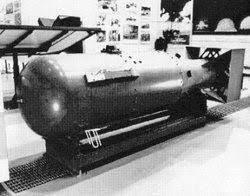
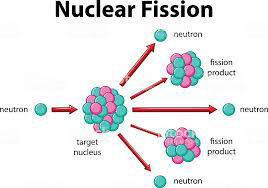
Figure 4

Figure 6

Figure 8 Figure 5
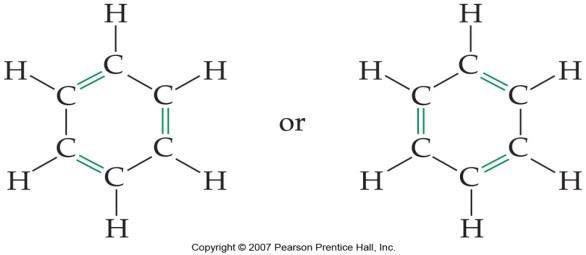
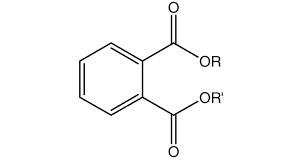
Figure 9
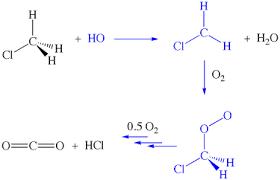
Works cited
Goldman, Marvin. “Ionizing Radiation and Its Risks” . The Western Journal of Medicine, vol.
137, 6, 1982. U.S. National Library of Medicine, 540-547.
King, Justin. “Environmental Problems Caused by Synthetic Polymers.” Sciencing, 29 Apr.
2019, https://sciencing.com/environmental-problems-caused-by-synthetic-polymers-
12732046.html.
Kivi, Rose. “How Does Nuclear Energy Affect the Environment?” Sciencing, 2 Mar. 2019,
https://sciencing.com/nuclear-energy-affect-environment-4566966.html
Kumar Chauhan, Ravish. Harmful Health Effects of Some Common Organic Compounds Used in
Daily Life as Household. International Journal of Current Microbiology and Applied
Sciences. Volume 2 Number 11 (2013) pp. 283-289. Print.
National Research Council, et al. Effects of Nuclear Earth-Penetrator and Other Weapons.
Washington DC, 2005. Print.
https://en.wikipedia.org/wiki/Environmental_impact_of_nuclear_power#Chernobyl_disaster
Accessed on 20 April 2020.
https://www.goodreads.com/quotes/tag/nuclear Accessed on 20 April 2020.
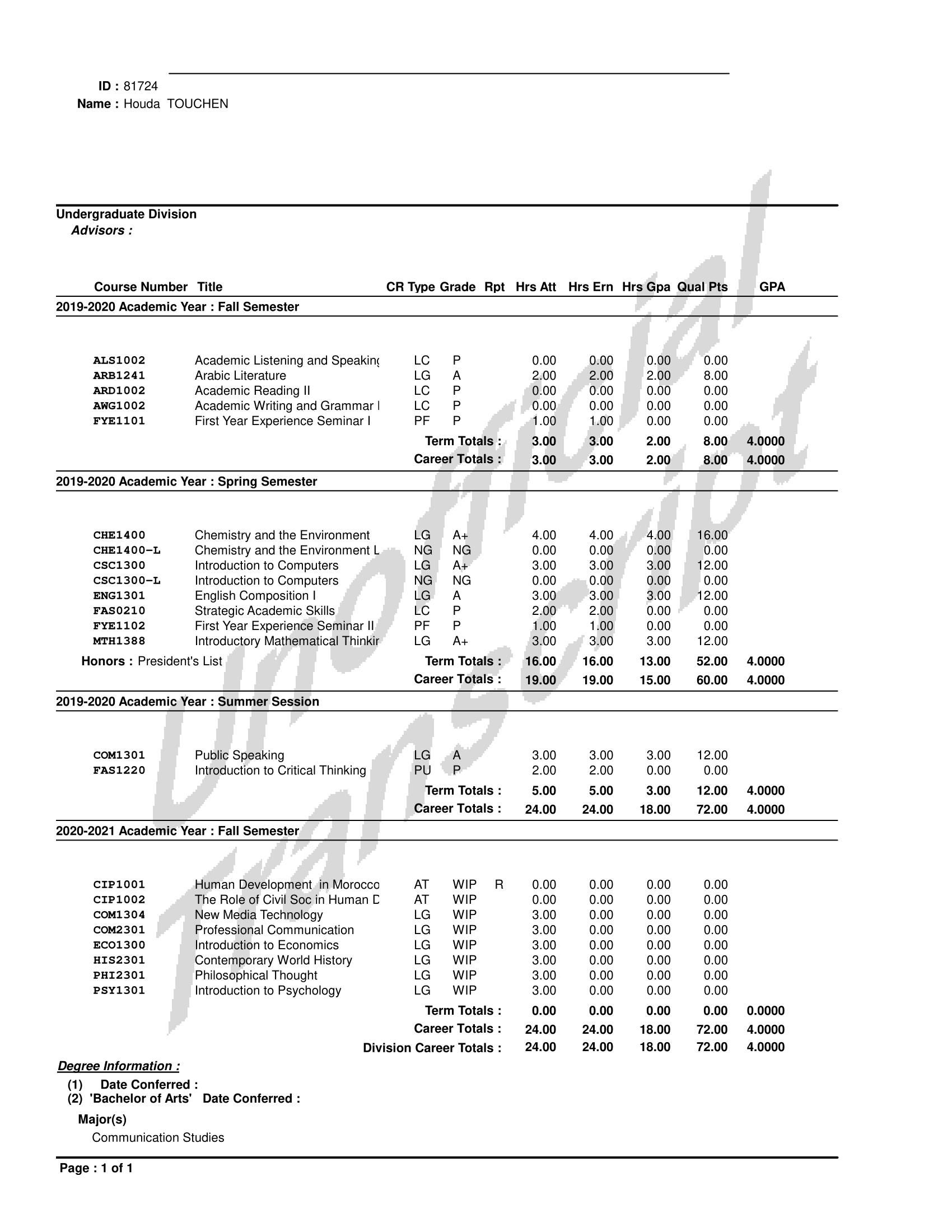
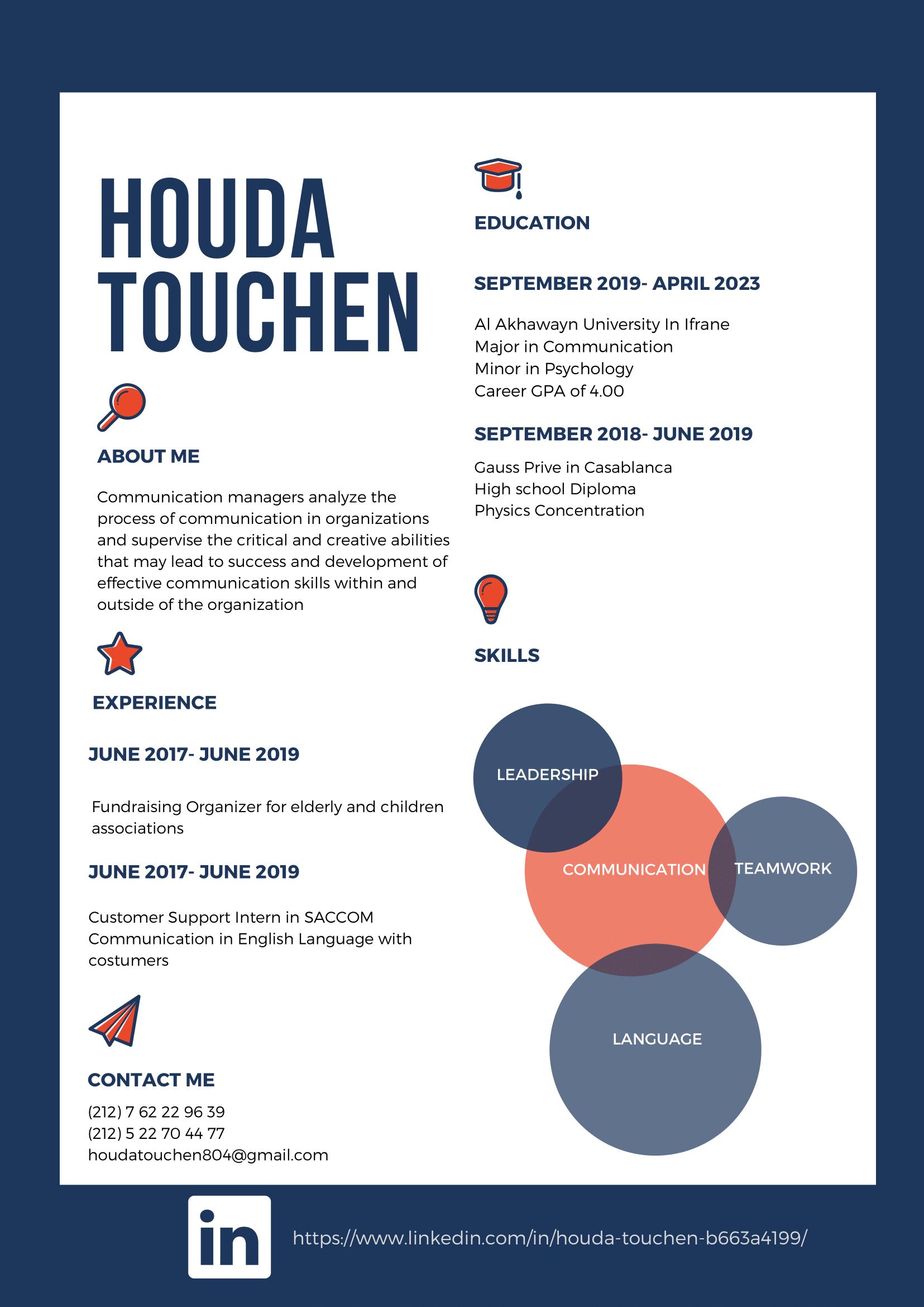
Table of contents:
Introduction……………………………………………………………………………………1
Background…………………………………………………………………………………….1
Interview Script………………………………………………………………………………..4
Lessons Learned……………………………………………………………………………….8
Conclusion…………………………………………………………………………………….10
Appendices…………………………………………………………………………………….11
Introduction
Given the fact that we live in a contemporary modern world, life and business
opportunities increase day by day. The stock market may win a lot in a minute and lose a lot in
the next one. Organizational companies may develop or fall off at any risk. Our world does not
stop from moving; as same as us. When I was trying to build my life dreams that I want to attain,
the first thing that constantly came up to my mind is communication. Therefore, my academic
education is the first step that contributes to the achievement of my career plan. Then, I was
exposed to professional communication perceptions, which are significant aspects of business
communication processes. However, interviews may be a crucial part of understanding the real
conception of professional communication and have a glimpse of my dream job, specifically
intercultural interviews. Indeed, the main purpose of this multicultural interview is to
acknowledge the nature of my dream job as a strategic communication academician and
understand the real facet of that particular field. Moreover, it will allow me to start developing
the required competencies in order to get a high position. Finally, this interview is a golden
opportunity to get an overall insight about the multicultural global workplace and the efficacious
method to approach it for success.
Background
Frankly, when I was thinking about the person that should be my interviewee and who
holds my dream job, I directly thought of Professor Naziha Houki. I am absolutely passionate
about the communication part of media companies and any other organization that includes a
conclusive communication team or teaching communication studies on a university level. As a
result, Pr. Houki definitely matches the description. Actually, Pr. Houki is currently a lecturer in
strategic communication at Al Akhawayn University in Ifrane. She studied her bachelor degree
at Al Akhawayn University in Ifrane majoring in communication studies. After 2 years of
working in the advertisement agency Publicis Groupe as a communication executive, she applied
for the Fulbright Scholarship, which is a US department and Moroccan government fund ed
scholarship, that funded her full Master degree at Northwestern University in Evanston, Illinois.
During her Master years, Naziha had the graduate consultancy job that allowed her to get
hired by clients and paid while she was still studying. After that, she came back to Morocco and
worked as a product category manager for La Belle Vie Carrefour which is the second biggest
Moroccan supermarket chain and international firms specialized in logistics and retail. Then, she
joined Al Akhawayn University in Ifrane in 2014 as a lecturer in strategic communication and a
faculty member. Currently, she is applying for Ph.D. programs in order to continue her career
path in academia.
The main reason why I chose Pr. Houki to be the center of my interview is thanks to her
passion about her career and what she is doing as a daily job. Usually, I see that devotion and
dedication are important elements that should be included in oneself’s mindset in order to
succeed, and that’s the exact thing that I noticed in Pr. Houki’s works and classes. She
challenges herself every day to be a better person and be more productive in the future for her
community. Personally, she became my idol and my inspiration as a great woman and as hard
worker.
Interview Script
Houda Touchen: First of all, let’s start by having a brief explanation about your job? I mean
what are the duties/responsibilities/functions of your job?
Naziha Houki: I’m a faculty member and a lecturer in strategic communication. Basically, my
job is to create and design the courses in order that I teach in order to reach the intended learning
outcomes. Overall, I teach four courses each regular semester and one course in the summer. I
am responsible for the strategic communication concentration classes and public speaking
classes. Along with my teaching duties, I have service duties which mean that I need to do an
activity for the community and the university in general.
H Q.: Given the fact that I am interested in the concentration of strategic communication, what
is the nature of the courses in this specific concentration?
N A.: The basis of the courses allows you to practice communication in communicat ion
departments or communication agencies where you need to develop communication action plans
such as who should receive the message, what message, and which channel should go through
with specific objectives. First, the courses taught in that concentration pertain to marketing
communication. Marketing communication teaches you the integrated marketing communication
process from understanding your environment to getting the intended results. Also, the second
one is public relations concentration that is about building and maintaining mutually beneficial
relations between organizations and their publics. And the last one is organizational
communication which is about how organizations communicate within and understanding how to
navigate an organization. Actually, organizational communications is more theoretical but with a
great analysis in understanding the real world’s companies; whereas the public relations and
marketing communication are more practical and are about building your tool box for w hat you
need to use as a communication practitioner. And they are not only for the goal to get the job;
they are also useful for an academic career.
H Q.: What part of this job do you personally find most satisfying and the part that is most
challenging?
N A.: The most exciting part of my job as a faculty is seeing the lightbulb. The lightbulb happens
in students, which is very hard with the online teaching by the way. What I love is being in the
classroom and seeing someone seems confused, then, they have a lightbulb moment makes them
more eager to learn. Personally, I really love it when that switch happens and I find it really
interesting. You see that you add value not just through the content itself but that you were really
able to lift that switch which makes it the most satisfying part of my job. However, the most
challenging part is when the students take the class only because they are required to take the
class and it is really hard to switch it on for them just a little bit.
H Q.: what other jobs can you get with the same background?
N A.: So many. I mean especially with the pandemic, a lot of people are saying that there no jobs
and it is an insecure job market which is a total myth. With my background, you can become a
pure marketer, you can work in consultancy jobs, or you can open your o wn communication
agency. People with my background are brand managers, CEOs of their own communication
companies who manage PR companies, create festivals and events, film production companies.
However, we can’t include journalism because I don’t have a solid background in writing, but if
you have a good writing portfolio or get hired in a journalism company, magazines, or
newspapers in your master years, it can be definitely possible.
H Q.: If your job progresses as you like, what would be the next step in your career?
N A.: Honestly, in terms of teaching, I feel like I explored it all right now. Especially with the
online teaching, I feel like I challenged myself in understanding all aspects. However, the thing
that I have never tried before is teaching big amphitheater classes because in AUI, normally,
communication classes are mostly 15- 20 people maximum. However, my next plan is research
through Ph.D. degree about digital activism and feminism movements which will really make me
able to move a step above lecturing.
H Q.: What are the major qualifications and skills, which are also important, for success in this
occupation?
N A.: I have my own philosophical answer about that. To answer this question, you need firstly
to answer the question of what is the definition of success. Success is whatever you think success
means. For me, success is reaching my purpose in life, and to get it, you have to know what is
your purpose in life. And I would like to mention what an AUI alumni, who works in the
Economic World Forum, said about this. He said that AUI gives you tools. You can give the
same tool box to anyone, but it depends on what you do with it that makes a change. So for me,
what do you need in order to succeed is a tool box. And having a degree is not the essential
thing. Everyone can have a degree. It’s actually how your brain is shaped with that degree such
as your problem-solving skills, empathy and resilience values, connecting the dots, and going
beyond the material. Those are the essential things which are required today to succeed. On
another note, currently, we are experiencing a pandemic with the covid-19 virus, and a lot of
organizations and businesses and young people have crumbled. Therefore, it pushed to change
the gears. The question is are you able to adapt to this challenging fast -pace world? The key is
good to be book smart, but better to be street smart.
H Q.: What courses have proved to be the most valuable to you in your work?
N A.: There was a one course that it was one of my first communication classes which was
called human communication and now it is communication and development. It was really
interesting because we dived into identity and we did this paper about media deprivat ion.
Actually, the professor wanted us to use no media for a full weekend. Personally, I could not do
it at all and it was really hard to do it because we were only able to work with the people who
around us at that moment. Honestly, it was a great experience because it made me more self-
aware of what I do and the impact of technology and the field I was getting at. Moreover, it
contributed to my understanding of what I am doing what I am doing and why I think that
communication is a fascinating field.
H Q.: What are the best/worst things about working in a multicultural global workplace?
N A.: That’s a great question. That’s a good question because we don’t realize the impact of a
global workplace until we are in one. In AUI, it is actually the culture of it that is still present to
the extent that we get easily at ease with each other. When you get outside o f it and you dive
deeper in a multicultural environment, you start realizing your biases, similar to my case when I
was in the USA. In other words, you realize what you take for granted and all the assumptions
you make on a daily basis. And if you go somewhere else different from your environment, the
fact that you will want to start a conversation requires you to initiate it with a lot of background
explaining every single detail. And when you listen, you ask way more questions while starting
to analyze things that you stopped analyzing when you were in your own culture and your own
bubble. As a result, it gives you an appreciation of diving into someone’s frame of reference. It
increases your knowledge at a pace that you can’t even imagine. From my experience, I learned
more in a diverse environment than I learned in a similar environment because I was challenging
my ideologies and my own way of thinking, which allowed to acquire knowledge that I wouldn’t
have if I was in my comfort zone. From the other side, it teaches you about respect, inclusion and
ideas integration that comes from different perspectives, which is about unifying individuals and
not separating them. And that’s the beauty in the global workplace. The worst part is not
appreciating the differences. For example, from my own experience in the USA, they will always
edit my writing thinking that it’s grammatically wrong given the fact their English was on the
speaking part. So they kept correcting me as I am grammatically wrong when it’s actually them
who are wrong. But due to the fact that I am a second-language English speaker, I can’t have an
opinion about that realizing that I have a less of a voice concerning that.
H Q.: What is, from your perspective, the most commonly held misconception about people of
your culture?
N A.: There was that thing of that I am white because my country Morocco is located in Africa,
and that I was not wearing hijab. We can also add the fact that I spoke English and wrote it better
than them, but there was always a debate about that obviously. The thing that I knew a lot about
the American system knowing that I am Moroccan also was a mystery for them.
H Q.: Have you ever felt excluded based on your gender?
N A.: Frankly, it was not my experience in a sense that I was lucky. I am formal with the people
that I don’t know and I give them respect playing the games and the codes, but I break that
barrier very easily. However, I am friendly with my colleagues and the people who I know.
H Q.: What offends you the most?
N A.: I guess the subject of emotions is what offends me the most. The concept that emotions are
bad and that you can’t be emotional when you are living in a men’s world is widely generalized
in the workplace.
H Q.: Do you have any advice for someone interested in this field/job? Are there any written
materials you suggest I read?
N A.: For people who are in the communication sector, I see that it’s really essential to be self-
aware and develop the ability of observing without judging, because that’s when you see the
most exciting dynamics and evolve the best communication campaigns and dive into the world.
That’s why I really see that to be a communicator, you have to learn to dissociate yourself from
situations and be an observer. And it certainly relates to mindfulness and develops your
observational skills which are important. I would definitely recommend you the book “The
Power of Now” by Eckhart Tolle. It’s such a beautiful book that allows you to develop a sense of
observation and understand how people are influenced by others. Also “The Crowd” by Gustave
Le Bon is a great book that talks about how ideas spread and social contagion which is the basis
of communication of the physical crowd.
Lessons Learned
The first significant lesson that I grasped from this interview is the job passion. My
interviewee is a person who is really passionate and eager to discover what the industry holds of
upward opportunities and valuable experiences that she can get benefit from personally and
professionally. The communication sector is currently characterized by its dominance of women
more than men, which highlights their competencies and increases their self-confidence about
their performances. Therefore, I learned that being someone who is truly interested in what they
are doing and giving their topmost efforts to succeed is the real purpose of life.
After this particular interview, I am more familiarized with the commitments and skills
that a faculty member and a communication expert need to complete and have on a professional
level. The duties of my interviewee’s profile include having extensive knowledge about
communication processes and the way of how organizational communication works in
companies and firms. On the other side, the acquired skills contain critical-thinking, problem-
solving, and being an individual who has a professional vision that can see beyond the present
and think about the accomplishments of the future and what can be done now to attain the m.
The third lesson that I learned during this interview is that there is no limit to have an
education. As I mentioned before, my interviewee was an AUI student before becoming an AUI
faculty member, and she studied her master degree abroad. Currently, she is thinking about Ph.D.
programs. Her job that she loves did not stop her from expanding her education, and that is a side
I truly admire in people. Indeed, I am now determined more than ever that my education will
always be a priority to nourish my mindset and extend my life knowledge.
The last lesson that I was really surprised to learn relates to the right method to approach
the intercultural workplace. There are several points that help adapting to the global workplace’
needs and expectations including self-confidence, authenticity, openmindness, and respect.
Being confident of myself will offer me the opportunity to expand my social multicultural
environment. Being authentic will show my credibility that is a significant trait of my work and
profile. Being open-minded will allow understanding others’ various perspectives of several
concepts in order to see the biggest picture. And being respectful will show my individualistic
value and professional position that is considered important in a certain orga nization.
Conclusion
This interview showed me that the best advice you could give someone who is interested
in the same field is having the value of agility. Given the fact that any job could face
fundamental changes due to a certain happening, it require s that individuals should be prepared
and equipped to adapt to the new system in a quick pace. On another note, the leading
recommendation that could be offered to anyone who wants to conduct a similar interview is that
you should be definitely prepared. Organization of questions and understanding them gives you a
step ahead to elaborate during the interview and reflect on yourself the information given.
Overall, pursuing this peculiar career definitely requires pure ambition, true patience, and the
most basic element of our existence: clear communication.
Appendices
